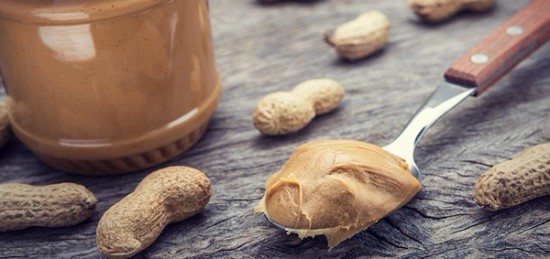So many of us love peanut butter for its great taste, nutrition or just for the wonderful childhood memories we get when we bite into a peanut butter and jelly sandwich. You may not realize that peanut butter helps make ends meet for thousands of people who use food banks in the United States and that peanut butter is also part of life-saving treatment for malnourished children. I’ll bet after you read this, you’ll love peanut butter even more.
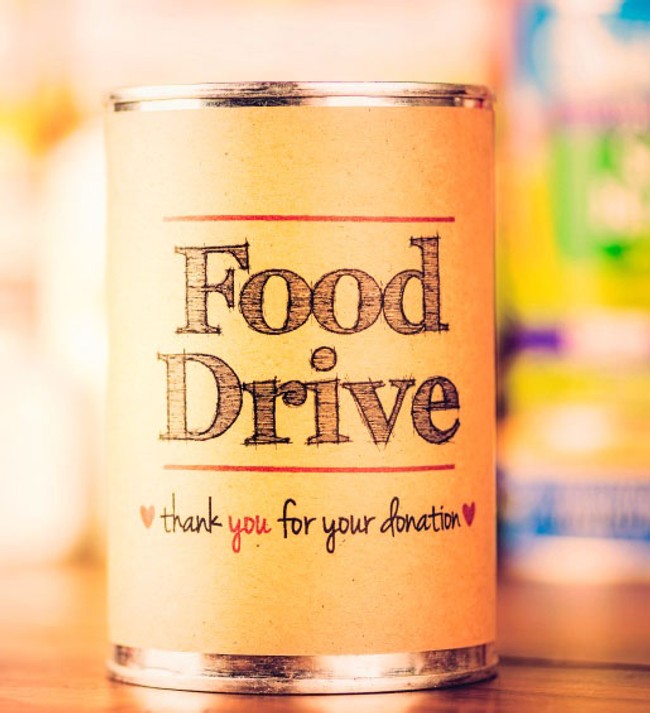
In the United States, Feeding America is the largest domestic hunger-relief organization, securing nearly four billion pounds of food for communities each year. “We always recommend donations of peanut butter,” said Randy Starck, Feeding America senior account manager. “It’s a shelf-stable protein that’s enjoyed by everyone. I can’t think of another food product that would be more valuable.”
“We have programs like Stamp Out Hunger, the Backpack Program for children and peanut butter-specific drives and we still can’t meet the demand for peanut butter,” Randy said. “If all the peanut butter produced in the U.S. was donated to food banks, I still don’t think we would have enough. Food banks often even purchase peanut butter to supplement their supply.”
The amount of peanut butter donated to hungry people in need is dizzying. Here are some highlights:
- Restaurant chain The Cheesecake Factory holds an annual peanut butter drive and has donated nearly 790,000 jars of peanut butter since 2008.
- Peanut Proud, a Georgia-based non-profit organization of the U.S. peanut industry, has donated almost 400,000 jars of peanut butter since 2013.
- In Rhode Island, Washington Trust’s annual Peanut Butter Drive has collected more than 240,000 jars of peanut butter for local food banks since 2001.
- In Ohio, Lifeline Christian Mission has donated more than 350,000 jars of peanut butter for their Peanut Butter for Haiti program since 2012.
Outside our borders, peanut butter is even more powerful than you may realize.
Instead of being packed into jars stateside (as we detailed in our previous post), some peanut butter is used as an ingredient in ready-to-use therapeutic food (RUTF) that helps save the lives of severely malnourished children in countries stricken by poverty, political strife, natural disasters and other maleficence.
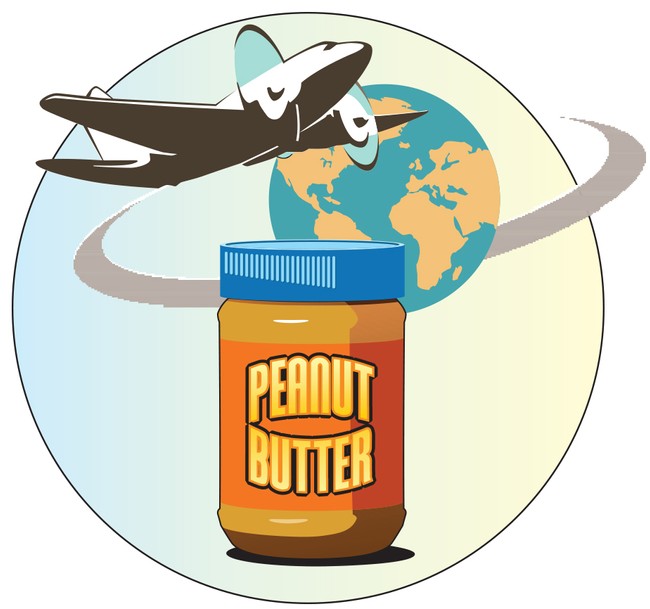
Tragically, Severe Acute Malnutrition (SAM) is the leading cause of death for children under five years of age, and it contributes to the deaths of more than three million children each year. In 2007, peanut-based RUTF was endorsed as the standard of treatment worldwide for SAM by UNICEF, WHO, WFP and the UN System Standing Committee on Nutrition.
With RUTF, the non-profit organization Project Peanut Butter helps about 80,000 children who suffer from SAM each year. Another non-profit, MANA, shipped enough RUTF last year to treat 300,000 malnourished children. The U.S. Agency for International Development, which works to reduce extreme poverty abroad by administering foreign aid, is expected to purchase 5,000-6,000 metric tons of RUTF for emergency food aid in 2015.
How does something as simple as peanut butter help save these lives?
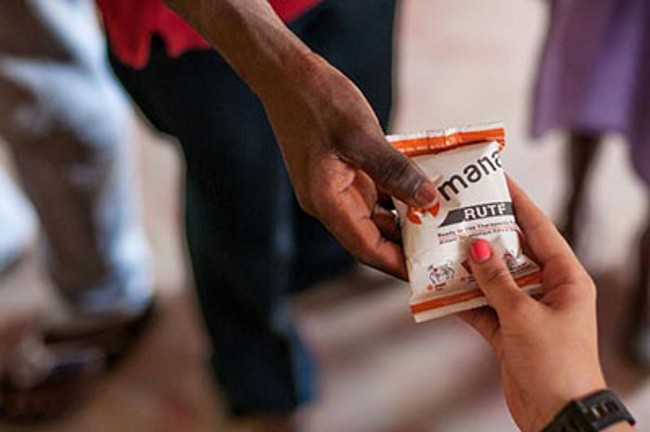
Photo: MANA Facebook
RUTF is peanut butter that’s been fortified with extra vitamins and mixed with powdered milk, sugar and vegetable oil contained in a package that looks like an oversized ketchup packet. This packaging makes it easy to ship, distribute and open. Once the RUTF is received in country, field doctors prescribe and distribute it and mothers can take it back home to administer it.
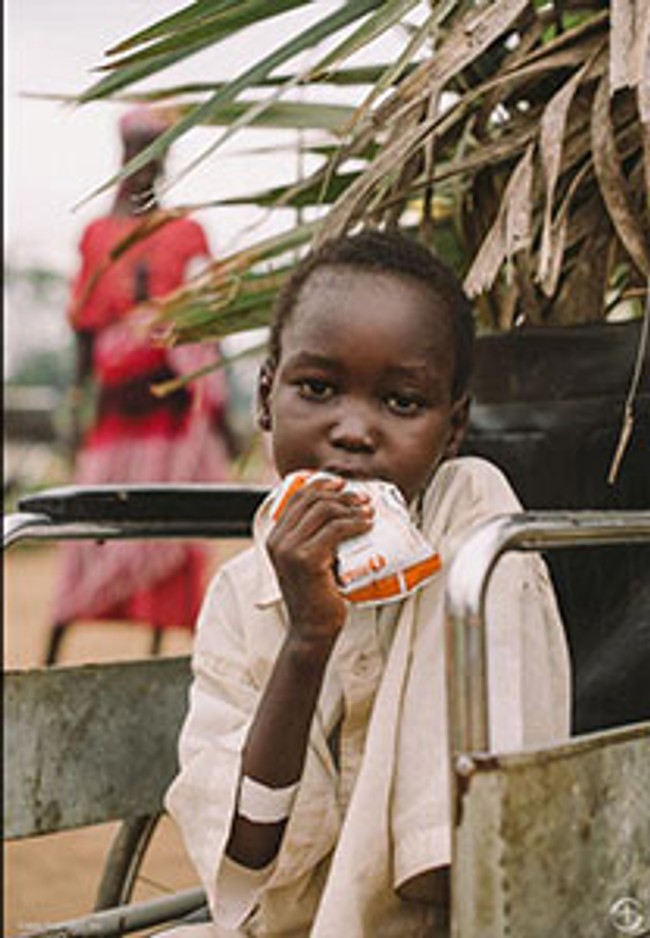
Peanut-based RUTF helped refugees in South Sudan. Photo: MANA Facebook
RUTF allows SAM to be treated in the community, does not require water and does not spoil. Typically, a child needs to eat three packets of RUTF per day over a period of six to eight weeks. According to the American Journal of Clinical Nutrition, 98% of children treated with RUTF in a study conducted in Malawi were considered to be well nourished after six months and 96% were well nourished after a year [1].
“MANA won’t solve the problem of world hunger,” said MANA CEO Mark Moore, “but it will help a desperate mother feed her starving child. And to that mother, and that child, that means everything.”
References
[1] Ciliberto, Michael A.; Sandige (April, 2005). “Heidi”. American Journal of Clinical Nutrition 81 (4): 864–870. PMID 15817865. Retrieved 2 January 2014.
http://mananutrition.org/
